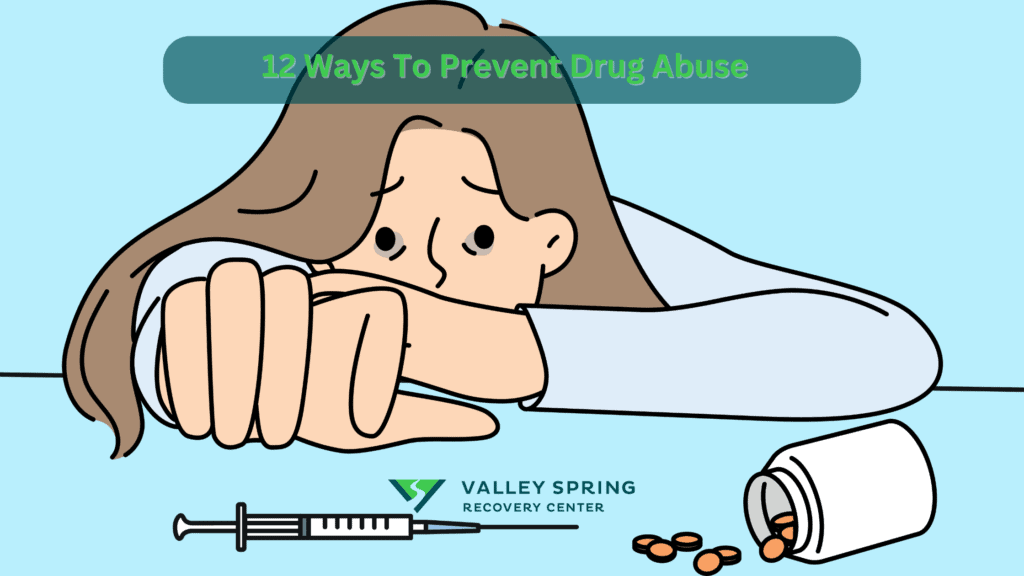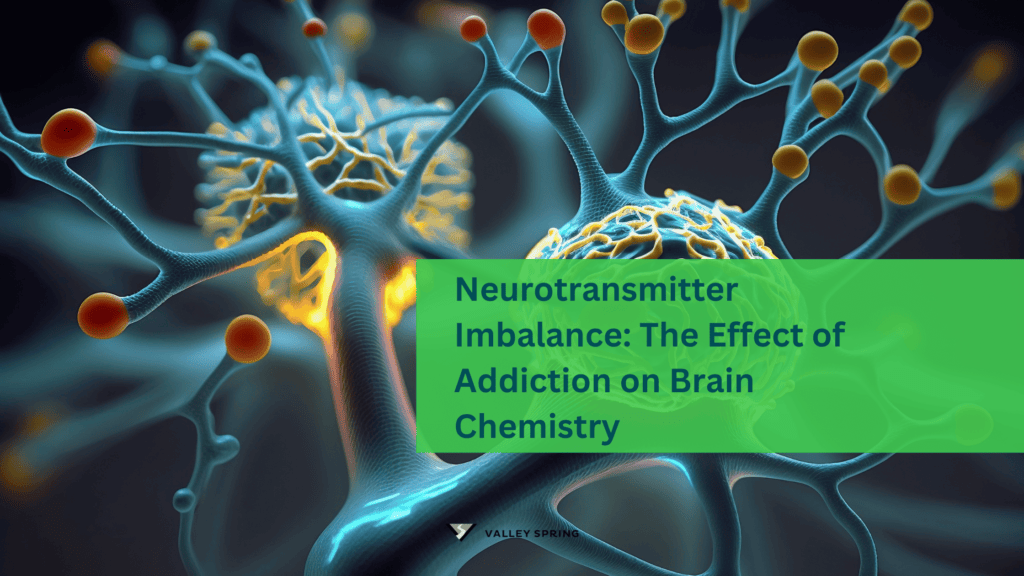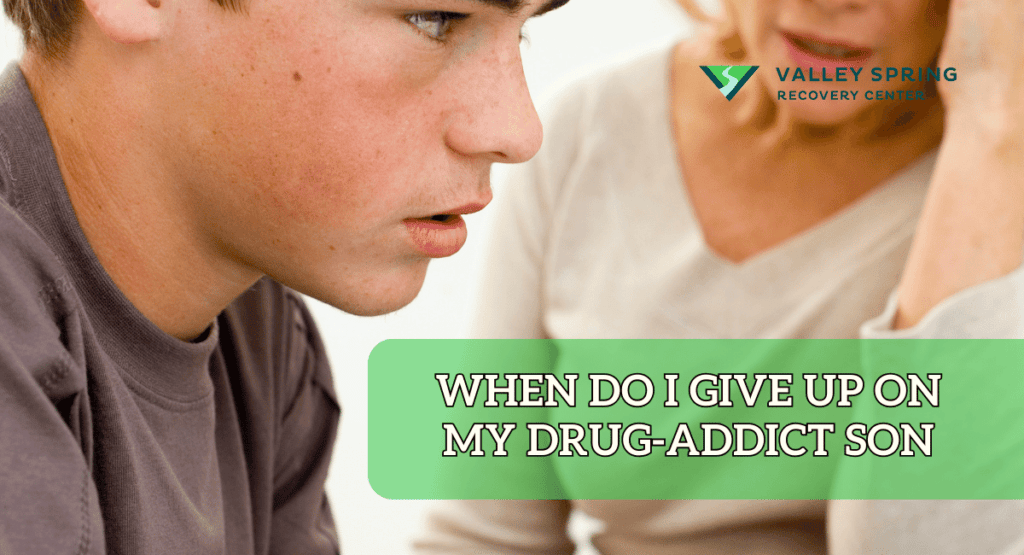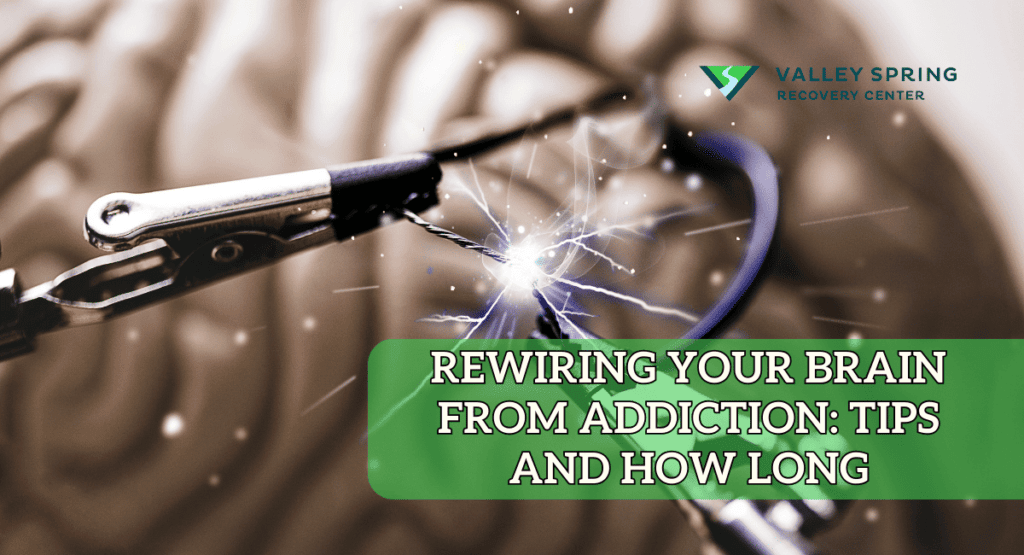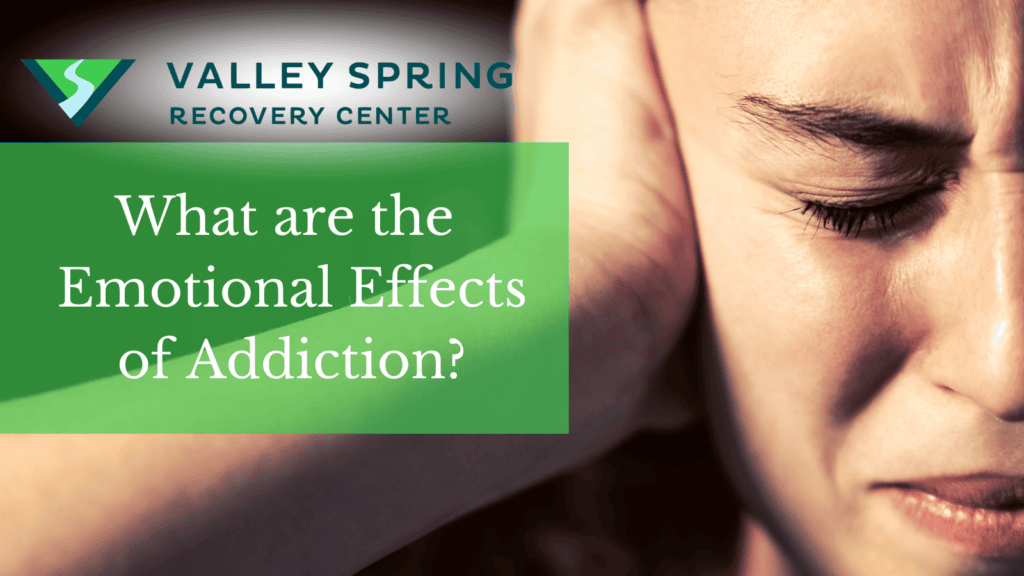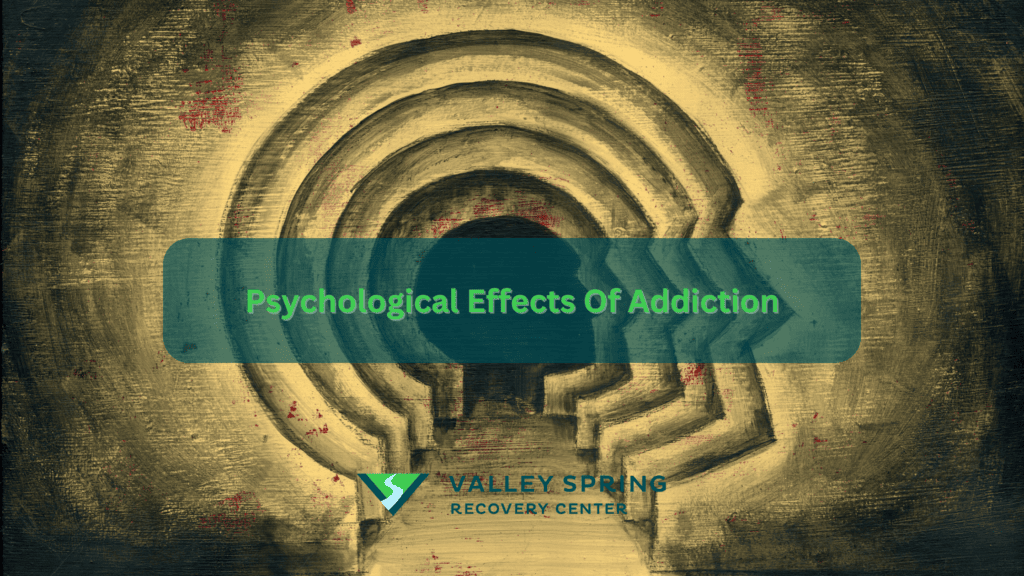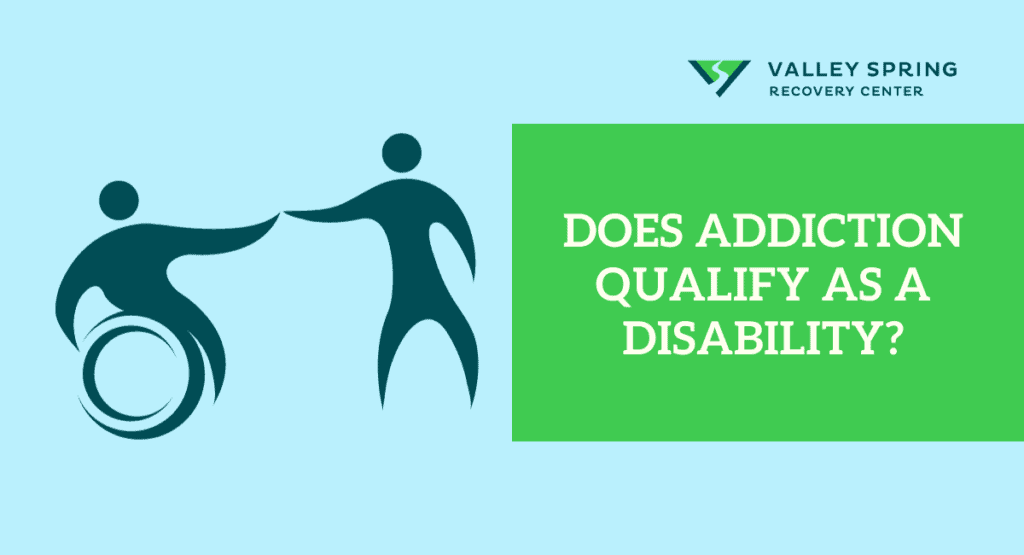Drug abuse is a critical issue that affects individuals across all age groups, posing significant health risks. The human brain is especially susceptible to the detrimental effects of substance use during its developmental stages, although the risks persist throughout life.
Consistent drug abuse can turn into addiction, a chronic disease defined by compulsive use of drugs where relapse is common even after sobriety is achieved. A drug addict will devote a significant amount of time and energy to obtaining their drug of choice regardless of the consequences
Long-term substance abuse can lead to a host of negative outcomes that impact one’s overall well-being. These consequences range from declining mental health and cognitive impairments, such as memory loss, to disruptions in physical growth and hormonal imbalances.
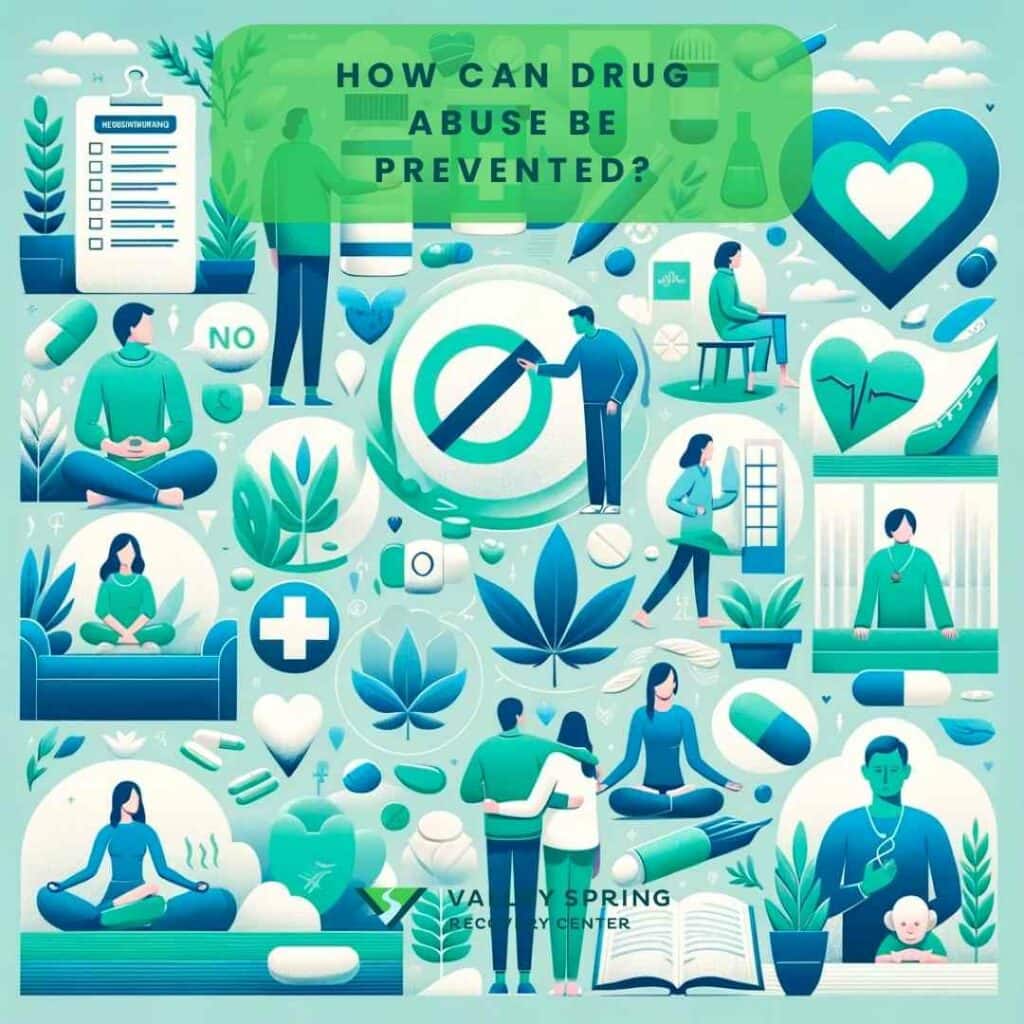
The 12 strategies to mitigate and prevent drug abuse according to Dr. Michael Olla are listed below:
- Abstain from Drug Use: Make a conscious choice to stay away from drugs.
- Seek Professional Help: Consult healthcare providers for advice and treatment options.
- Foster Strong Family Relationships: A supportive family can be a strong deterrent against substance abuse.
- Live a Healthy, Balanced Lifestyle: Exercise regularly, eat well, and get enough sleep.
- Obtain Education on the Dangers of Substance Abuse: Knowledge is power; the more you know, the better you can protect yourself.
- Take Only Prescribed Medication: Always follow medical advice when taking prescription drugs.
- Learn Healthy Coping Skills: Develop strategies to manage stress and emotional challenges.
- Practice Mindfulness Activities: Techniques like meditation can help in focusing the mind and reducing the urge to use substances.
- Engage in Community Support: Participate in community programs or support groups that aim to educate and prevent substance abuse.
- Set Personal Goals: Having clear objectives for your life can serve as a motivating factor to steer clear of substance abuse.
- Resist Peer Pressure: Learn to say no when confronted with the temptation to use s
1. Abstain from Drug Use
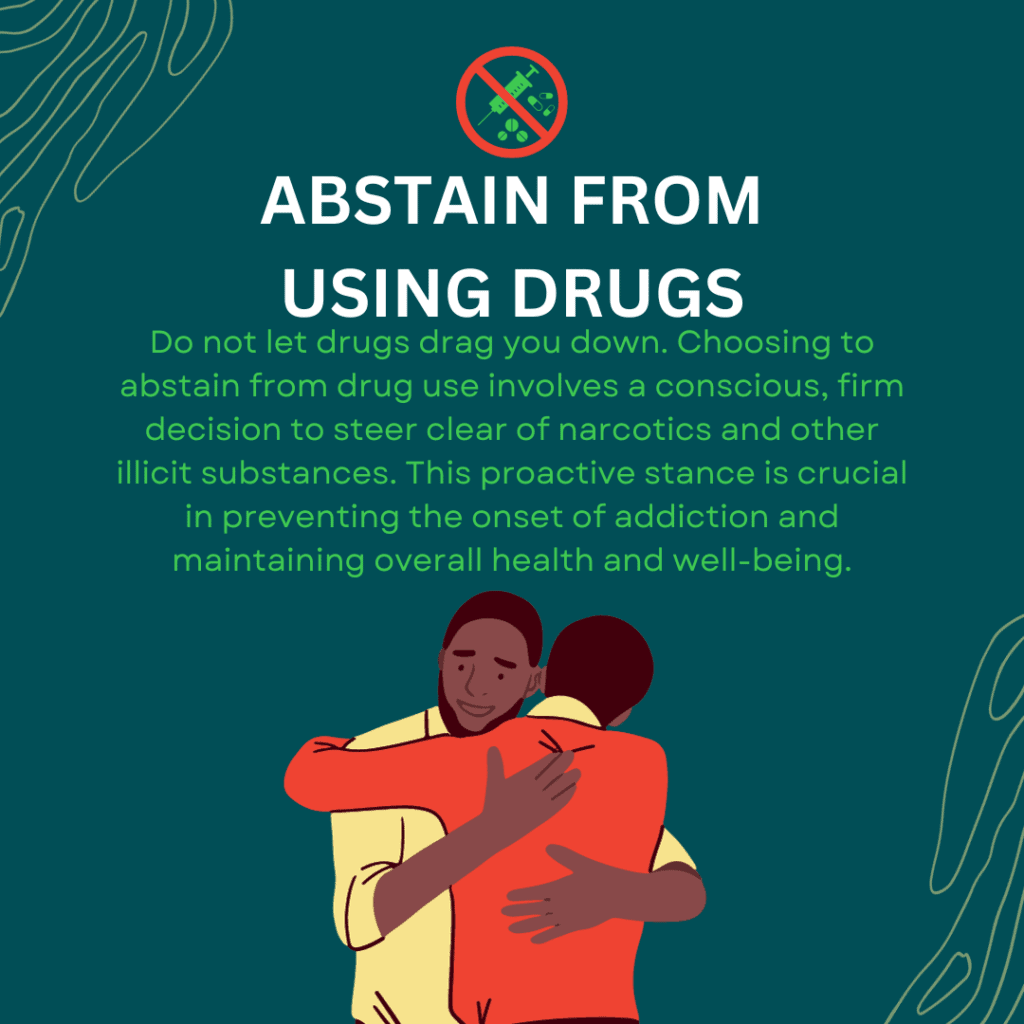
Abstaining from drug use is the most straightforward and effective way to prevent substance abuse. Making a conscious decision to stay away from drugs sets a strong foundation for a drug-free life. According to the National Institute on Drug Abuse, individuals who abstain from drug use are less likely to face the negative consequences associated with substance abuse, such as health issues and legal troubles.
Choosing to abstain from drug use involves a conscious, firm decision to steer clear of narcotics and other illicit substances. This proactive stance is crucial in preventing the onset of addiction and maintaining overall health and well-being.
The downside to abstinence based harm reduction occurs when active substance users do not want to completely abstain and instead prefer to moderate their use, because treatment centers have a front-end requirement for abstinence to receive services (Marlatt et al., 1993). When abstinence becomes a barrier to entry for active users, then harm reduction strategies can be more useful. Harm reduction programs involve a compassionate, pragmatic philosophy designed to reduce the harmful consequences of using even if abstinence is the ultimate goal for the clinician, family and patient according to a 2020 article by Rubin Khoddam Ph.D. in Psychology Today.
2. Seek Professional Help
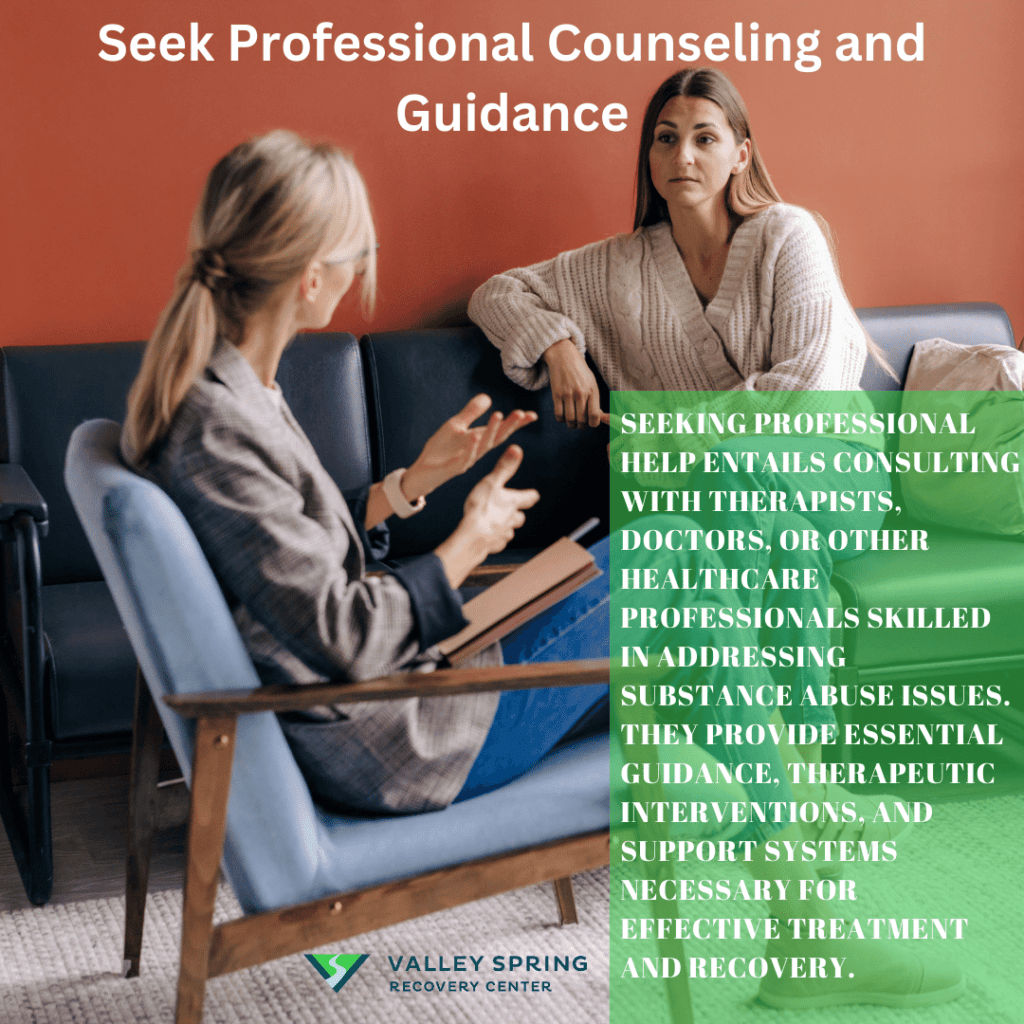
Consulting healthcare providers for advice and treatment options is a crucial step in preventing substance abuse. Medical professionals can offer evidence-based treatments and therapies that are tailored to individual needs. Early intervention should be provided to both adolescents and adults who are at risk of or show signs of substance misuse or a mild substance use disorder according to the 1999 Substance Abuse and Mental Health Services Administration; Treatment improvement protocol (TIP) series. One group typically in need of early intervention is people who binge drink which is defined as someone who has consumed at least 5 (for men) or 4 (for women) drinks on a single occasion at least once in the past 30 days according to the results from the 2015 National Survey on Drug Use and Health.
Early intervention by healthcare providers significantly reduces the risk of developing a substance abuse disorder. Early intervention can be found in the form of professional help from therapists, doctors, or other healthcare professionals skilled in addressing substance abuse issues. They provide essential guidance, therapeutic interventions, and support systems necessary for effective treatment and recovery.
3. Foster Strong Family Relationships
A supportive family environment plays a crucial role in preventing substance abuse. Family members not only offer emotional support and guidance but also create a safe space that actively discourages drug use. There is a significant inverse relationship between strong family bonds and the likelihood of substance abuse, highlighting the protective effect robust familial relationships can have against the development of such disorders where parental support, communication, and family climate can protect teens from risky behaviors according to Haverfield and Theiss, 2017; Pereyra and Bean, 2017; Saladino et al., 2020.
Fostering strong family relationships involves more than just occasional engagement. It requires building a nurturing, supportive, and understanding home environment that reinforces a sense of belonging and provides a robust buffer against the temptations of substance abuse. Integrating family-based counseling techniques into substance use disorder (SUD) treatment across a continuum of care—from assessment through various stages of family counseling—can significantly enhance these efforts.
Key Strategies for Family Engagement:
- Identify Family Members: Understanding who the client considers as family is crucial. Engaging these significant others in the treatment process can leverage their support for the client’s recovery journey.
- Family-Based Interventions: Incorporating family members in counseling sessions can help address and reduce interpersonal conflicts and strengthen family bonds, essential for supporting the client’s recovery (Moos & Moos, 2007; Worley et al., 2014).
- Education and Psychoeducation: Providing education about SUD to family members can equip them with the necessary understanding and tools to support their loved one’s recovery effectively.
- Continuous Involvement: Consistent family involvement has been shown to improve treatment engagement and retention rates, thereby increasing the chances of successful recovery. Positive social and family support correlates with long-term abstinence and recovery, while negative support is linked to a higher risk of relapse (Brown et al., 2015; Cavaiola et al., 2015).
- Adaptive Treatment Plans: Tailoring treatment to include family dynamics and interactions can provide more comprehensive care and better outcomes for the individual with an SUD.
By embracing a family-centered approach in SUD prevention and treatment, the impact of familial support is not only felt by the individual struggling with addiction but also fosters a healthier, more supportive environment conducive to long-term recovery.
4. Live a Healthy, Balanced Lifestyle
Maintaining a balanced lifestyle that includes regular exercise, a balanced diet, and sufficient sleep can significantly reduce the risk of substance abuse. Physical well-being often translates to emotional well-being, making it easier to resist the temptation of drug use. The Centers for Disease Control and Prevention (CDC) recommends a balanced lifestyle as a preventive measure against substance abuse.
Living a healthy, balanced lifestyle involves incorporating regular physical activity, a nutritious diet, and adequate sleep into daily routines. This holistic approach promotes physical health and mental well-being, reducing vulnerability to substance abuse.
5. Obtain Education on the Dangers of Substance Abuse
Knowledge is power, and being aware of the risks and consequences of substance abuse can act as a strong preventive measure. Educational programs and awareness campaigns can provide valuable information that discourages drug use. A report by the Substance Abuse and Mental Health Services Administration (SAMHSA) highlights the effectiveness of educational interventions in preventing substance abuse.
Obtaining education about the dangers of substance abuse involves actively seeking information about the risks and consequences of drug use. This knowledge empowers individuals to make informed choices and recognize the signs of abuse in themselves or others.
6. Take Only Prescribed Medication
Always following medical advice when taking prescription drugs can prevent the misuse of medications, which is a form of substance abuse. Overusing or misusing prescription medication can lead to addiction and other health issues. The Food and Drug Administration (FDA) advises strict adherence to prescription guidelines to prevent substance abuse.
Taking only prescribed medication means strictly adhering to medical guidelines regarding dosage and duration. It’s important to use prescription drugs responsibly to avoid dependency, side effects, or the potential for abuse.
7. Learn Healthy Coping Skills
Developing strategies to manage stress and emotional challenges can act as a buffer against substance abuse. Healthy coping mechanisms like exercise, journaling, or talking to a trusted friend can replace the urge to use drugs. A study in the Journal of Substance Abuse Treatment found that individuals with strong coping skills are less likely to engage in substance abuse.
Learning healthy coping skills involves acquiring strategies and techniques to manage stress, emotional pain, and daily challenges without resorting to substance use. These skills are essential for maintaining mental health and resilience in the face of life’s difficulties.
8. Practice Mindfulness Activities
Mindfulness activities are practices that enhance a state of being fully engaged in the present moment. These activities are designed to reduce stress and promote self-awareness, and they’re also used as healthy coping skills for recovering drug abusers. In a study published in the Substance Abuse and Rehabilitation Journal in 2018, Priddy et al. discovered that engaging in mindfulness activities has the potential to lower stress reactivity and decrease cravings for substance use.
Practicing mindfulness activities, such as meditation, yoga, or deep breathing exercises, aids in focusing the mind, enhancing self-awareness, and reducing stress. These activities can help diminish cravings and the impulse to engage in substance use.
9. Engage in Community Support
Participating in community programs or support groups can offer additional layers of prevention against substance abuse. These platforms provide education, emotional support, and a sense of belonging, which can deter drug use. The National Council on Alcoholism and Drug Dependence (NCADD) emphasizes the role of community support in preventing substance abuse.
Engaging in community support entails participating in group programs, workshops, or support networks that focus on substance abuse prevention and recovery. Community involvement provides a sense of belonging and access to resources and peer support.
10. Set Personal Goals
Having clear objectives for your life can serve as a motivating factor to steer clear of substance abuse. Goals give individuals something to strive for, making the temptation of drug use less appealing. A study in the Journal of Applied Psychology found that goal-setting is an effective strategy for preventing substance abuse.
Setting personal goals involves defining clear, achievable objectives that provide direction and motivation. Personal goals can serve as a guiding force, helping individuals maintain focus and avoid the pitfalls of substance abuse.
11. Resist Peer Pressure
Learning to effectively resist peer pressure is a critical component in preventing substance abuse among adolescents and emerging adults. Peer pressure can play a substantial role in the initiation of drug use, but developing the skills to say no can prevent a descent into substance abuse issues. The Office of Adolescent Health (OAH) highlights the importance of resisting peer pressure as a key strategy in substance abuse prevention.
Developing the confidence and assertiveness necessary to refuse drugs or alcohol in social settings is vital. It involves staying true to one’s personal values and making informed decisions regarding substance use. According to a study cited in the Substance Use & Misuse journal, peer pressure can influence substance use behaviors in both negative and positive ways in emerging adulthood (Keyzers et al., 2020). This study identified different types of peer pressure—negative and positive—and found that negative peer pressure is associated with higher instances of binge drinking and lifetime use of alcohol and marijuana, whereas positive peer pressure can have a protective effect against these behaviors.
The findings from this research underline the complexity of peer influences and suggest that not all peer pressure leads to negative outcomes. Understanding the dynamics of peer influence can help tailor prevention strategies that leverage positive social supports while mitigating the risks associated with negative peer pressures. This nuanced approach is essential for developing robust interventions that address the specific needs and circumstances of young adults.
12. Take Time for Self-Care
Taking time for self-care means engaging in activities that nurture personal happiness, relaxation, and fulfillment is a good way to prevent drug abuse. Self-care practices are crucial for mental and emotional well-being, helping to mitigate the risk of turning to substances as a coping mechanism.
Engaging in activities that bring joy and relaxation can act as a natural deterrent against substance abuse. Taking time for self-care allows individuals to recharge emotionally, making it easier to resist the temptation of drug use. The American Psychological Association (APA) recommends self-care as a preventive measure against substance abuse.
How Common is Drug Abuse?
Drug abuse is not uncommon, a 2019 World Drug Report study by the United Nations Office on Drugs and Crime (UNODC) found that globally, 35 million people are estimated to suffer from drug use disorders and who require treatment services and the National Center for Drug Abuse Statistics (NCDAS), found approximately 50% of teenagers in the United States have experimented with drugs at least once and 8% of individuals across various age groups regularly consume psychoactive substances. According to the 2021 National Survey on Drug Use and Health (NSDUH), 219.2 million people ages 12 and older (78.3% in this age group) reported that they drank alcohol at some point in their lifetime.
Additional Data from the Department of NCDAS:
- 50.0%: Half of people aged 12 and older have used illicit drugs at least once.
- 700K: The number of drug overdose deaths in the U.S. since 2000 is nearing one million.
- $35B: The federal budget allocated for drug control in 2020 was $35 billion.
The motivations for engaging in substance abuse are multifaceted and can range from a desire to escape personal problems, curiosity, and a quest for independence, to societal pressures. The repercussions of substance abuse are severe and far-reaching. As reported by the U.S. Office of Justice Programs, the consequences can include academic decline, deterioration of physical health, strained relationships with family and peers, and even legal issues. The Chief Medical Examiner from the state of New Jersey confirmed 2914 Overdose deaths in 2019 alone. The most common addictive drugs are being used at a higher frequency and are more likely to be mixed with synthetic drugs than they were previously.
How can sober living and peer support prevent Drug Abuse from re-occurring?
Preventing drug abuse is crucial in maintaining community health and individual well-being, and structured environments like sober living homes play a vital role in this endeavor. These homes serve as transitional housing that bridges the intense support of rehabilitation programs and the return to everyday life, providing a drug-free setting with strong community support and accountability. The shared experiences and coping strategies discussed within these communities equip residents to handle potential stressors and triggers effectively. According to a 2020 SAMHSA study, individuals residing in transitional living like a sober living home are 20% less likely to relapse, underscoring their effectiveness in not only preventing drug abuse but also in supporting long-term recovery and reintegration into society.
What Are the Signs of Substance Abuse?
Substance abuse can manifest in a variety of ways, affecting both emotional and physical well-being.
One of the most telling signs of substance abuse is a change in emotional state, which can include heightened anxiety, irritability, or even aggression. A study published in the Journal of Interpersonal Violence by J. Fernández-Montalvo, J. López-Goñi, and Alfonso Arteaga found that nearly 40% of individuals with drug addiction exhibited violent behaviors. Additionally, behavioral changes such as avoiding eye contact or frequently locking doors can also be indicative.
Disruptions in sleep patterns are another common sign. Individuals may either sleep more or less than usual or experience persistent fatigue during the day. This observation is supported by a 2010 article by Mednick et al. in the PLoS One journal, which found that sleep problems are prevalent among those who abuse drugs.
Substance abuse often coexists with mental health issues. People may turn to drugs as a quick fix for immediate mental health problems like anxiety and stress. However, long-term substance abuse can worsen these issues. A 2012 article in the Journal of Child & Adolescent Substance Abuse by Winstanley et al. found that between 50% and 71% of adolescents with substance abuse disorders also have co-occurring mental health disorders.
Lack of attention to personal hygiene can also be a red flag. Individuals may neglect their physical appearance, avoiding daily grooming activities like showering or changing clothes. This observation is supported by a 2011 article by Dr. Ali et al. in the Innovations in Clinical Neuroscience journal.
It’s crucial to understand that these signs alone may not definitively indicate substance abuse. For example, sleep patterns and personal hygiene can be affected by various other factors, such as stress or other non-drug-related issues.
What is the difference between drug abuse and drug addiction?
Drug Abuse and Drug Addiction are related concepts, but they differ in their nature and extent of impact on an individual’s life.
Drug Abuse refers to the improper or harmful use of drugs, including both legal (prescription or over-the-counter) and illegal substances. It involves using drugs in a way that is not medically recommended or using any illegal drugs. Drug abuse can be characterized by occasional or irregular use that negatively affects health, responsibilities, and relationships. It does not necessarily include physical dependence or addiction, but it can be a precursor to these more serious issues.
Drug Addiction, on the other hand, is a chronic, often relapsing brain disease that causes compulsive drug seeking and use, despite harmful consequences. It is considered a more severe form of substance use disorder. Addiction is characterized by changes in the brain that result in a powerful craving for the drug, coupled with a loss of control over its use. Addicted individuals typically build tolerance to the drug (needing more of it to achieve the same effect) and experience withdrawal symptoms when not using it.
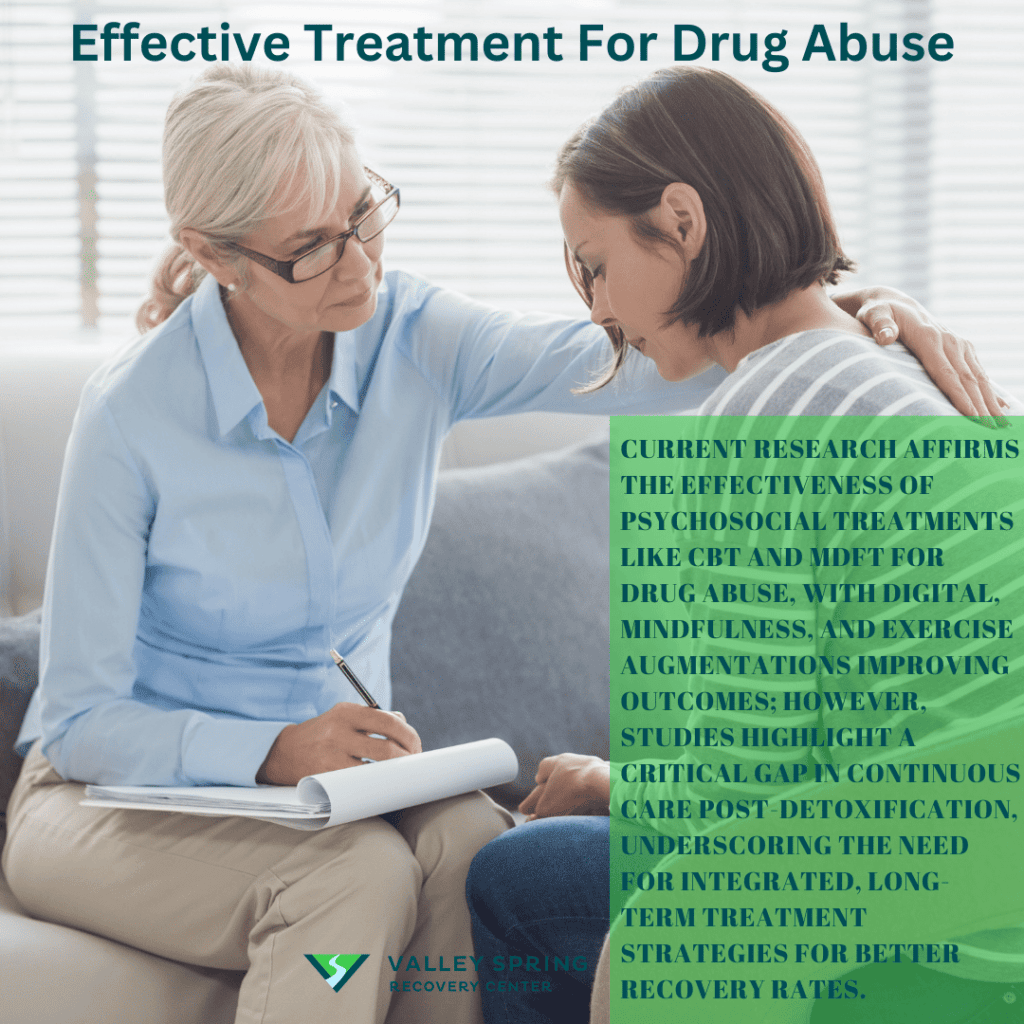
What are the treatments for drug abuse?
Treatment for drug abuse encompasses various approaches, now including innovative and evidence-based strategies. According to SAMHSA, these treatments have been scientifically validated for their effectiveness in combating substance abuse across diverse age groups. The Approaches to Treating Drug Abuse are listed below:
- Evidence-Based Treatment Approaches: The Substance Abuse and Mental Health Services Administration (SAMHSA) emphasizes evidence-based treatment approaches for adolescent substance abuse. These approaches are scientifically tested and proven effective, ensuring that the treatment methodologies are grounded in research and have a track record of success.
- Psychosocial Treatments: A review of the most recent evidence (2016-2019) indicates that psychosocial treatments, like family-based therapy, cognitive behavioral therapy (CBT), and multicomponent approaches, continue to be the most effective methods for treating adolescent substance use disorders. Additionally, new advances include digital and culturally based interventions, along with adjunctive treatments like pharmacotherapy, exercise, mindfulness, and recovery-oriented educational centers. These innovative methods are being explored to improve existing treatment strategies.
- Multidimensional Family Therapy (MDFT): A clinical trial involving multidimensional family therapy (MDFT) compared it with adolescent group therapy (AGT) and multifamily educational intervention (MEI). The results indicated improvements in all three treatments, but MDFT demonstrated superior overall improvement. Notably, MDFT participants showed significant changes in prosocial factors such as school/academic performance and family functioning at the 1-year follow-up, supporting the efficacy of MDFT as a short-term, multi-component, family-based intervention for reducing adolescent drug abuse and enhancing developmental processes.
- Inpatient Detoxification and Rehab: Inpatient detox and rehab is an important treatment regimen that can help drub abusers recover. A study by Zhu, H. called National trends and characteristics of inpatient detoxification for drug use disorders in the United States found the effectiveness of the full continuum of rehab from residential detox to rehab is very successful, only 13% received both detoxification and rehabilitation, with up to 14% resulting in discharges against medical advice (DAMA). The most commonly identified diagnoses were opioid use disorder (75%) and non-addiction mental health disorders (48%). This study underscores the need for more effective engagement in follow-up drug use disorder (DUD) treatments to improve recovery outcomes and highlights the treatment gap in inpatient detoxification patients
How does marijuana affect addiction rates to other drugs?
Marijuana and its potential as a “gateway drug” has been a topic of significant debate and research. The “gateway drug” theory suggests that using marijuana can lead to the use of harder and potentially more harmful drugs. Here’s what the research indicates:
- Biological Mechanisms: Some studies have shown that marijuana can prime the brain for enhanced responses to other drugs. For instance, THC, the primary psychoactive compound in marijuana, might alter the brain in ways that make it more susceptible to harder drugs like cocaine or heroin.
- Social and Environmental Factors: The environments or social circles where marijuana is used might expose individuals to other drugs, thereby increasing the chance of experimenting with harder substances.
- Sequential Patterns: Epidemiological studies have often shown that most people who use drugs like heroin, cocaine, or methamphetamine have previously used marijuana. However, it’s also true that the vast majority of marijuana users never go on to use harder drugs.
- Causality Challenges: While there may be a sequence in drug use (e.g., marijuana before harder drugs), it doesn’t necessarily prove causality. Factors like a person’s social environment, mental health, early aggressive behavior, and lack of parental supervision can be stronger predictors of hard drug use than marijuana consumption.
- Self-medication: Some people might use marijuana as a means of self-medicating for underlying medical or psychological issues. Later on, they might feel the need for stronger substances to cope with their symptoms, leading to the use of harder drugs. It’s important to note that this doesn’t imply that marijuana causes the transition, but rather that there’s a subset of individuals for whom marijuana might be the first step in a sequence of substance use driven by an attempt to self-treat symptoms or emotional pain.
Why is drug education important in schools?
Drug education in schools equips students with the knowledge they need about the risks, consequences, and realities of drug abuse. It enables them to make informed decisions, develop critical thinking skills related to peer pressure, and help foster a drug-free environment.
How can parents effectively communicate with their children about drugs?
Open dialogue is crucial. Parents should approach the topic non-judgmentally, be informed, listen actively, share factual information, and set clear boundaries. Encouraging questions and creating a safe space for discussions ensures children feel comfortable seeking guidance.
What is the role of community programs in drug abuse prevention?
Community programs play a pivotal role in creating awareness, offering resources, and providing support for those affected by drug abuse. They foster collective responsibility and proactive intervention, making the community a safer place.
How can peer pressure influence drug use, and how can it be countered?
Peer pressure can significantly influence individuals, especially teens, as the need for social acceptance is strong. To counter it, one can develop assertiveness skills, choose friends wisely, and seek support from trusted adults or counselors.
Are there early signs that might indicate a person is leaning toward drug abuse?
Yes, early signs include sudden changes in behavior, decline in academic or work performance, increased secrecy, withdrawal from social activities, and unusual mood swings.
How do recreational activities or hobbies help in preventing drug addiction?
Engaging in recreational activities or hobbies provides a positive outlet for stress, reduces idle time, builds self-esteem, and offers a sense of purpose. Such constructive engagement acts as a buffer against negative influences.
Why is building a strong support system essential for those recovering from drug abuse?
A strong support system offers emotional strength, reduces feelings of isolation, provides accountability, and reinforces the commitment to stay drug-free. Friends, family, and support groups can play vital roles in this journey.
How can one identify and distance oneself from environments or social circles that promote drug use?
Being self-aware and recognizing triggers or negative influences is the first step. Seek out new hobbies, join support groups, or engage in community activities to replace old, harmful environments.
What are the benefits of drug-free workplace programs?
Drug-free workplace programs ensure safer work environments, reduce absenteeism, increase productivity, and lower health insurance costs. They also promote employee well-being and can help those struggling to find support.
How can seeking regular medical advice or counseling help in preventing drug addiction?
Medical professionals and counselors can provide guidance, early intervention, and resources. Regular check-ins ensure that potential issues are addressed promptly, reducing the risk of escalation.
What addiction treatment options are a good fit for an addict in early sobriety?
Local outpatient addiction treatment services are helpful for individuals in early sobriety to address persisting mental, behavioral, and lifestyle issues along with the establishment of a support system.
What is the difference between drug abuse and alcohol abuse?
Drug abuse and alcohol abuse are similar in that they both involve the misuse of substances that can lead to harmful consequences. Alcohol, like other drugs, can be abused despite its legal status, similar to the legal status of marijuana in some regions. The primary difference lies in the substance being abused: drug abuse encompasses a wide range of substances, including prescription medications, illicit drugs, and over-the-counter drugs, while alcohol abuse specifically refers to the misuse of alcoholic beverages. Both types of abuse can lead to addiction, health problems, and negative impacts on personal and professional life, highlighting the importance of responsible use and awareness of the potential for abuse, regardless of the legal status of the substance.
Ben Fisher
All author postsShare This Post

